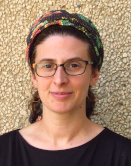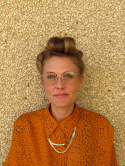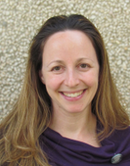As the COVID-19 pandemic moved from East Asia to Europe and North America, starting from late March 2020 public media began reporting the disproportionate effects of the pandemic on minority groups. CDC, the American Center for Disease Control and Prevention, reported that while “The effects of COVID-19 on the health of racial and ethnic minority groups is still emerging… data suggest a disproportionate burden of illness and death among racial and ethnic minority groups” (CDC, 2020). In the UK, an official report by Public Health England (published in BBC News on June 2 2020) stated that: “Black people are almost four times more likely to die of COVID-19, according to the Office of National Statistics, while Asians are up to twice as likely to die”. From CDC to The New York Times to BBC, the painful question resonated loud and clear: “Why are more people from BME backgrounds dying from coronavirus?” (BBC, 9 June 2020).


The disproportionate effect of COVID-19 on minorities has also pushed scholars of science communication to rethink the analytical tools used to examine science communication among ethnic and racial minorities. On June 12 2020, the standing committee on advancing science communication of the National Academies of Sciences, Engineering and Medicine devoted a special webinar to “The Role of Science Communication in Addressing the Disproportionate Effects of COVID-19 on Vulnerable Populations”. These discussions build on a decade of research that has highlighted various disparities in science education and communication (Feinstein 2017, Feinstein and Meshoulam 2014). Even though there has been a rapid growth in science information, access to science-related information and public engagement with science are still inequitably distributed (Canfield et al, 2020). In a recent manifesto towards a model of inclusive science communication, Canfield et al argue that “as a result of science communicators’ cultural and epistemological tunnel vision, their efforts tend to benefit specific (e.g., affluent, college-educated, non-disabled) audiences”. As Dawson (2019, p. 170) stated, “to continue with business as usual is to be complicit in practices that uphold and exacerbate racism, class discrimination, sexism, and other forms of oppression”.
While former studies have highlighted the ways science communication reifies existing forms of structural inequality, while primarily focusing on race, gender and disabilities, this research project highlights the particular challenges science communication poses for religious minorities. We draw on studies in science communication and medical anthropology to shed light on the particular types of decision making that characterize COVID-19 related decision-making among Israel’s ultra-Orthodox Jews.


